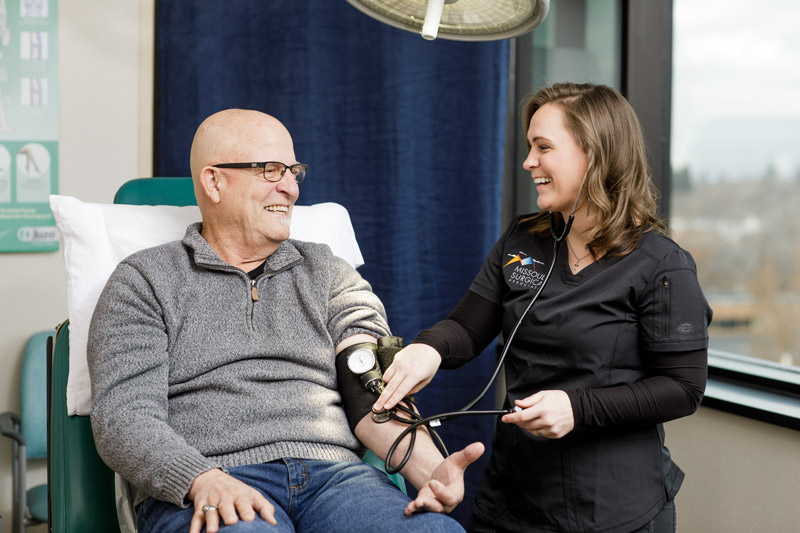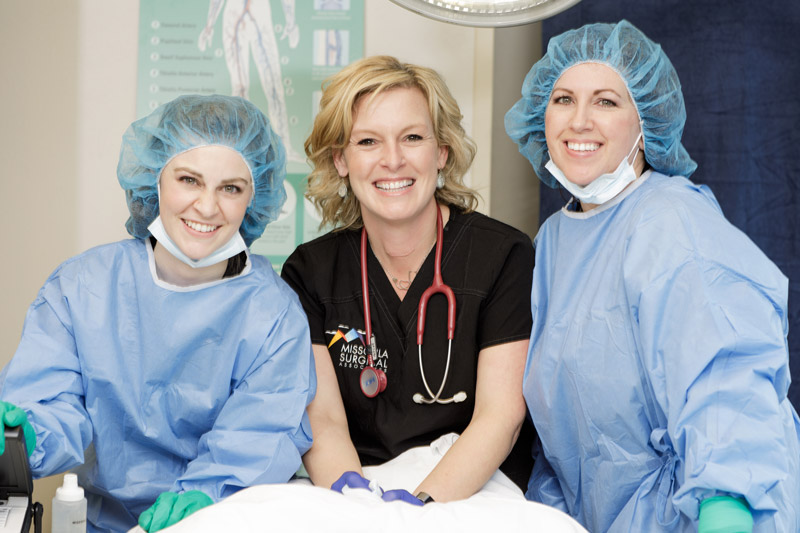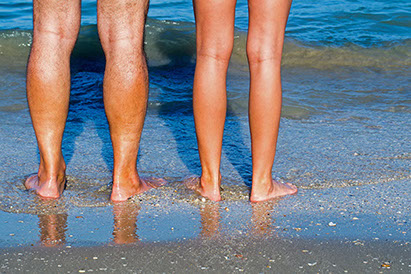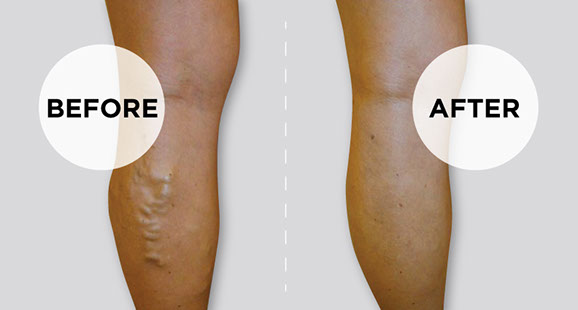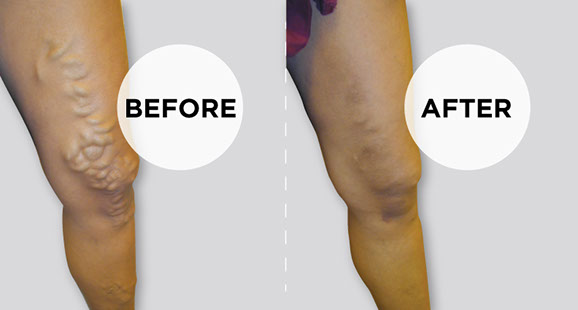Experience You Can Count On
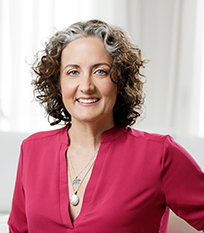
Dr. Stacie Campo
- Clinical Assistant Professor, Department of Surgery University of Washington
- Faculty Affiliate University of Montana, Family Medicine Residency of Western Montana
- Fellow American College of Surgeons
- Montana-Wyoming Chapter of the American College of Surgeons
- Montana Medical Association
- Society of Laparoscopic & Robotic Surgeons
- American Vein & Lymphatic Society
- Clinical Assistant Professor, PNWU of Health Sciences
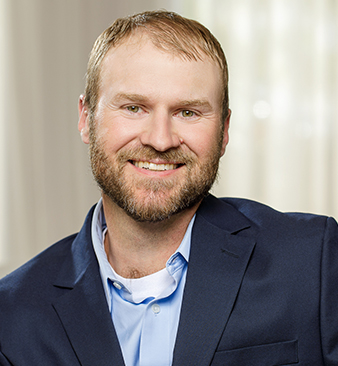
Dr. Matt Silva
- Clinical Assistant Professor, PNWU of Health Sciences
- Fellow American College of Osteopathic Surgeons
- Society of American Gastrointestinal and Endoscopic Surgeons (SAGES)
- American Osteopathic Association
- Washington Osteopathic Medical Association

Less is More
We only treat what needs to be treated, in strategic locations within the vascular system.
What Patients Are Saying
To us, you’re family
We know what it’s like. So from the moment you walk in the door, our entire team treats you like we would our own.
Why treat varicose veins?
It’s not just cosmetic. It’s a chronic medical issue that just gets worse, in both men and women.
Treatment can prevent:
- Leg pain, aching or cramping
- Leg heaviness and fatigue
- Ulcers, open wounds or sores
- Chronic leg or ankle swelling
- Rashes
- Skin thickening and turning brown
- Injuries that won’t heal
Treatment Options
There are many options. We’ll help you choose the right one for you. All of our treatments are performed right in our office. Patients are often able to return to their daily schedules as soon as the procedure is over or the next day.
VenaCure EVLT
This non-surgical laser procedure eliminates varicose veins without anesthesia or downtime. Treatment involves the insertion of a thin fiber directly into the diseased vein, which delivers laser energy to close the vessel and seal it shut. Treated veins are typically superficial vessels that handle less than five percent of the blood flow in the area, so blood can easily be rerouted to healthy veins nearby.
VenaCure EVLT is a 45-minute office procedure that involves little or no discomfort or post-procedural scarring. Most patients who undergo this treatment return to work and other activities the same day. Insurance will often cover VenaCure EVLT for patients who have physical symptoms or other complications associated with their varicose veins.
Venefit Closure
Venefit Closure uses radiofrequency ablation to treat varicose veins.
Ultrasound imaging is used to guide a very narrow tube called a catheter inside the diseased vessel. The catheter delivers radiofrequency heat to the vein wall, which shrinks the wall and closes the vessel. Once the vein is closed, blood can be rerouted to healthy veins nearby.
Similar to VenaCure EVLT, Venefit Closure is a 45-minute office procedure that does not involve any downtime afterward. Patients experience little or no discomfort or scarring after the procedure. Venefit may also be covered by Medicare and many other insurance providers, if the patient has symptoms associated with the varicose veins.
Sclerotherapy
Sclerotherapy is considered the “gold standard” in spider vein treatment. Spider veins occur when small vessels near the surface of the skin become enlarged, resulting in a visible network of red or blue lines. Spider veins get their name because the networks often resemble a spider’s web or a starburst pattern. While spider veins are rarely more than a cosmetic concern, their unsightly appearance often leads patients in search of treatment.
Sclerotherapy involves the injection of a sterile sclerosing agent directly into the spider vein which causes the vessel to close and disappear. The treatment involves little discomfort and can be completed in our office in less than 30 minutes. Patients are able to return to activities as soon as the procedure is over. Sclerotherapy can greatly improve the appearance of the legs, giving patients renewed self confidence to show their legs during the warmer months of spring and summer.
Venaseal Closure
Missoula Surgical Associates is the first office in the Missoula area to use the revolutionary Venaseal Closure System. This procedure is a non-tumescent, non-thermal procedure designed to treat both venous insufficiency and varicose veins. The system delivers a small amount of medical grade adhesive into the vessel through a narrow catheter, sealing the vein closed so that blood can be rerouted into healthy vessels nearby.
Venaseal requires no compression stockings before or after the procedure and patients are able to return to their daily schedules immediately following treatment. Treated veins close immediately and remain closed, so patients enjoy results right away, and also benefit from the same long term results.
Microphlebectomy
Microphlebectomy is a safe and effective treatment for the removal of medium to large varicose veins which are swollen, twisted veins easily seen on the surface of the skin. It is also known as ambulatory phlebectomy as this procedure is almost always performed in the outpatient setting with the patient going home the same day. This procedure uses a series of tiny, micro incisions between 1-3mm in length to remove portions of the problem vein and is commonly used in conjunction with other vein removal procedures to yield the best cosmetic results. It is significantly different than vein stripping surgery as it does not require general anesthesia. This procedure may take 1-2 hours, depending on the extent of the individual’s varicose veins.
Causes of varicose veins
Varicose veins occur when small valves inside the vessels stop working properly. These valves are normally responsible for guiding the blood inside the vein in a singular direction, back to the heart. When the valve doesn’t work properly, blood can reflux back into the vessel leading to swelling and varicosity.
Varicose veins commonly appear in the lower legs, because these vessels must push blood back up the body, against gravity and the body’s own weight. This makes these veins more susceptible to damage over time. Once the damage occurs, pressure in the vein builds up, causing the vein to swell. The problem can continue to worsen, leading to painful symptoms and even changes to the skin around the vessel.


